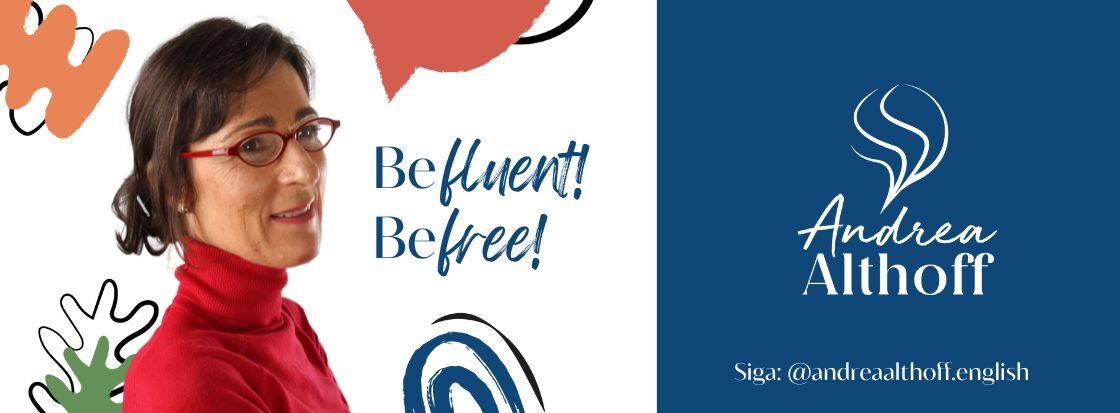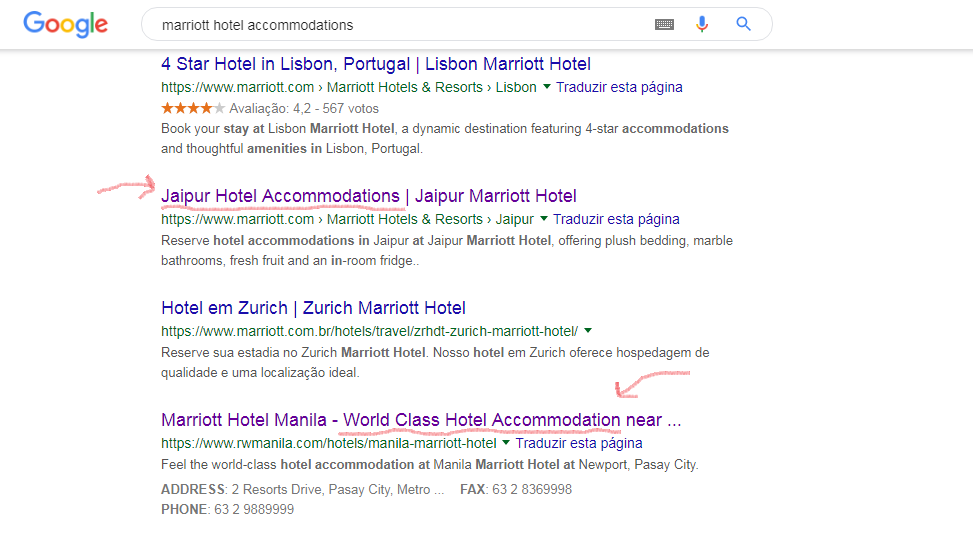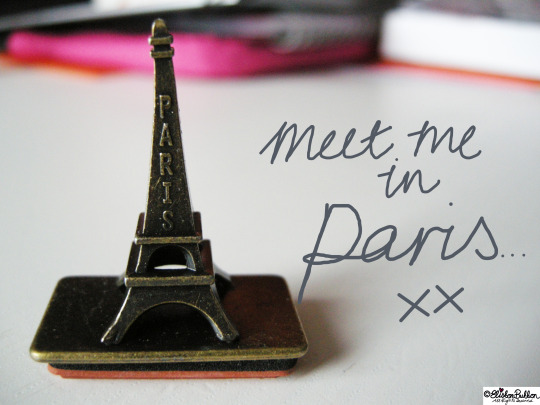These are two verbs that sometimes confuse students: lend and borrow. Watch the videos, make notes about what they say and practice.



These are two verbs that sometimes confuse students: lend and borrow. Watch the videos, make notes about what they say and practice.


Hi everyone! I put together this post to answer a student’s question! Hehe… Do we say Gloria Hotel Accommodations?

There are three main ways in which we can put nouns together so that the first noun modifies or describes the second.
Mostly used to make ‘classifying’ expressions, which name a particular kind of thing. The first noun works a little like an adjective.
a horse race / a war film / milk chocolate
The noun + noun structure is also used in measurements, with a number before the first noun. The number is usually joined to the first noun by a hyphen (-). Note that the first noun is normally singular in form in these cases.
a three-day weekend / a ten-pound note / a two-hour lesson
Used to talk about several different sorts of ideas: possession, relationship, physical features and characteristics, non-physical qualities and measurements of a person or animal, or of a country, organization or other group of living creatures.
my sister’s car / a bird’s nest / cow’s milk
Used to talk about parts of non-living things and in other cases.
the top of the page / a feeling of disappointment
This is a very complicated area of English grammar. The ‘rules’ given above show the general patterns, but unfortunately there is no easy way to be quite sure which structure is used to express a particular compound idea. The most common expressions will be learnt by experience; in cases of doubt, a good dictionary will often show which form is correct.
By the way, hotel accommodation means the facilities and the quality of accommodation provided by a hotel:
This includes hotel accommodation, meals and bike hire. Times, Sunday Times (2008)
I hope you will find this information helpful! 😉
Practical English Usage – Michael Swan
Hello, everyone!
Esta é uma dúvida muito recorrente entre os que estudam inglês, portanto, estou postando novamente a série sobre as preposições in, on e at.
Com certeza, você já aprendeu algumas regrinhas de como usar as preposições. A melhor abordagem, é incorporar os conjuntos de palavras ao seu repertório, por meio do uso, e recorrer às regrinhas apenas quando esse conjunto de palavras não vier com facilidade à sua mente.
Essas preposições são usadas em vários contextos. Hoje, vamos ver em quais usamos in:
In Curitiba – Em Curitiba
In Bahia – Na Bahia
In Rio de Janeiro – No Rio de Janeiro
In Brazil – No Brasil
In Italy – Na Itália
In Califórnia – Na Califórnia
In Venice – Em Veneza
In Paris – Em Paris

Acima, referem-se à local, abaixo, referem-se à tempo:
In January – Em janeiro
In February – Em fevereiro
In March – Em março
In April – Em abril
In May – Em maio
In June – Em junho
In July – Em julho
In August – Em agosto
In September – Em setembro
In October – Em outubro
In November – Em novembro
In December – Em dezembro
Continuando:

In the morning – De manhã
In the afternoon – À tarde/de tarde
In the evening – À noite/de noite
Com as estações do ano:
In (the) summer – No verão
In (the) winter – No inverno
In (the) spring – Na primavera
In (the) fall / in (the) autumn– No outono
Com anos:
In 2015 – Em 2015
In 1998 – Em 1998
Quando nos referimos à lugar, de maneira geral, in pode até significar dentro. No entanto, e novamente, a melhor abordagem é aprender conjuntos de palavras:
In the closet – No armário/dentro do armário
In the drawer – Na gaveta/dentro da gaveta
In the bedroom – No quarto/dentro do quarto
In the kitchen – Na cozinha/dentro da cozinha
In the car – No carro/dentro do carro
In here – Aqui/aqui dentro
Agora veja que nem sempre há uma óbvia correspondência:
In bed – na cama/de cama
He’s in bed with the flu. Ele está de cama com gripe.
In the mirror – No espelho
What do you see when you look in the mirror? O que você vê quando olha no espelho?
O importante agora é praticar bastante esses chunks – “pedacinhos de frases”. Que tal criar alguns exemplos?
Lembrem-se sempre, que muito importante é observar as combinações de palavras!
https://blog.influx.com.br/quando-usar-in-on-e-at-em-ingles-parte-i
Qual é o erro mais marcante dos brasileiros ao falar inglês?
É a falta do objeto “it” após love e eat!
Confira a partir de 4.16 min no vídeo.

Hello, everyone! I find it necessary to post this for you here, once in a while. This time, I’ll be starting with the preposition of time and place “on”.
Ao invés de memorizarmos regrinhas, que nos confundem e onde sempre há exceções, uma abordagem muito mais inteligente e eficiente, é observarmos que palavras são usadas juntas.

Portanto, vejamos que combinações, que palavras aparecem com a preposição on:
On Monday – Na segunda
On Tuesday – Na terça
On Wednesday – Na quarta
On Thursday – Na quinta
On Friday –Na sexta
On Saturday – No sábado
On Sunday – No domingo
Vejam que se quiserem dizer “no domingo de manhã”; “no sábado à noite”; “na segunda à tarde”; etc, também usaremos on:
On Sunday (morning) – No domingo (de manhã)
On Saturday (evening) – No sábado (à noite)
On Monday (afternoon) – Na segunda (à tarde)
On Tuesday (night) – Na terça (à noite)
Quando nos referimos às datas:
On Christmas Day – No dia de Natal
On (May) (29th) – No dia (29) de (maio)
On (my) birthday – No (meu) aniversário

Observem agora o uso da preposição on com algumas partes do corpo. No entanto, fiquem atentos à essas combinações e outras, pois para dizermos, por exemplo, “no meu coração”, seria in my heart. (Ou seja, mais uma vez, não pensem em regras e sim no arranjo!):
On (my) leg – Na (minha) perna
On (my) finger – No (meu) dedo
On (my) shoulder – No (meu) ombro
Vocês devem estar agora se perguntando sobre aquela regrinha que diz que usaremos a preposição on para falarmos “em superfícies”. Essa regra é até verdadeira em alguns casos, mas muitas vezes a equivalência difere (bastante!) e nem sempre a regra se aplica. Vejam:
On the table – Na mesa/sobre a mesa
On the dresser – Na cômoda/sobre a cômoda
Observem as próximas combinações com on:
On the bus – No ônibus
On the wall – Na parede
On the floor – No chão/no andar
On the phone – No telefone
On the farm – Na fazenda
Agora, ao citar nomes de ruas, os americanos usam on e os britânicos normalmente usam in:
On 26th Street – Na rua 26 (AmE)
On the 9th Avenue – Na avenida 9 (AmE)
In Baker Street – Na rua Baker (BrE)
In Oxford Avenue – Na avenida Oxford (BrE)

https://blog.influx.com.br/quando-usar-in-on-at-em-ingles-parte-ii